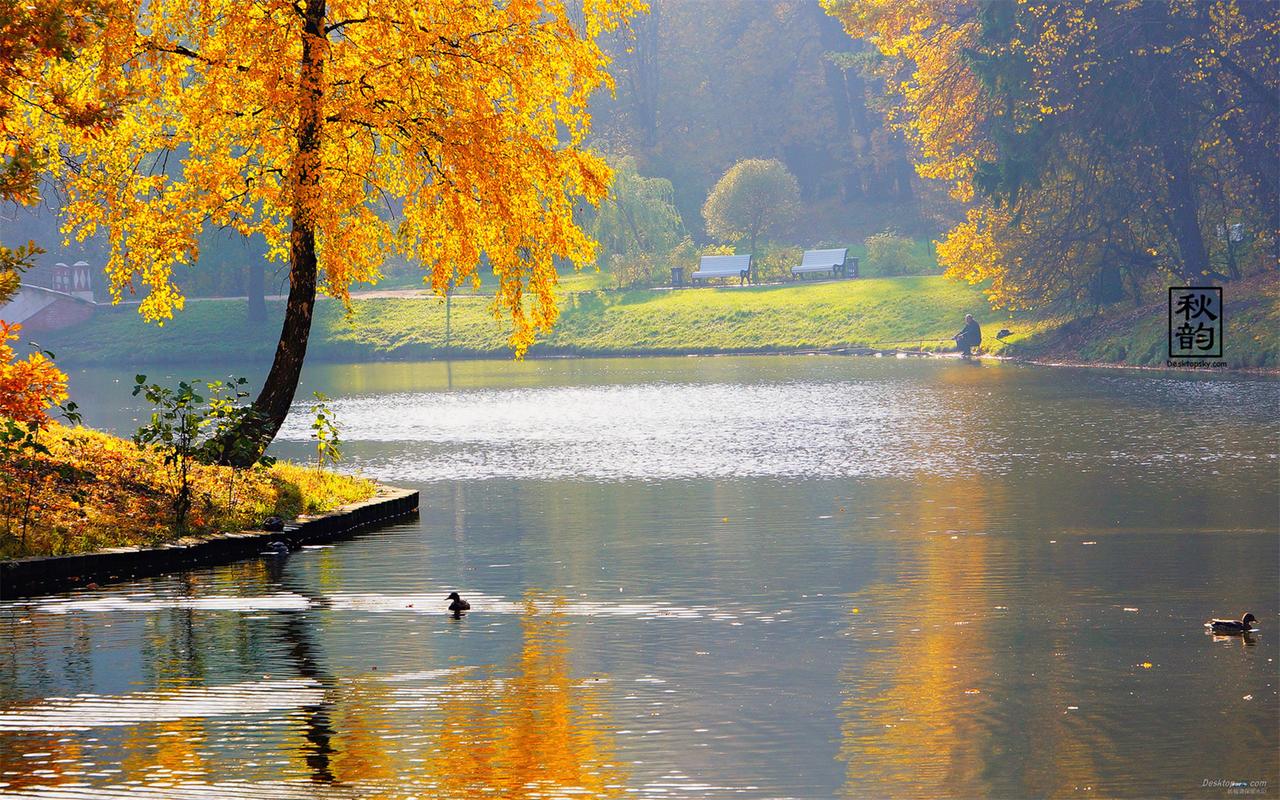Preserving Cultural Traditions for a Peaceful World: A Comprehensive PPT Guide
Cultural traditions are the essence of any society. They breathe life into the values, beliefs, and customs that shape our identity. However, with the continuous spread of globalization, cultural traditions are facing a severe threat of being altered or diluted. It is essential to preserve our cultural heritage, not only for the current generation but also for the future generations to come.
This comprehensive guide will help you understand how to preserve cultural traditions effectively, using PowerPoint presentations (PPT) as a tool.
Why It is Important to Preserve Cultural Traditions?
Cultural preservation is not just about keeping our customs and traditions alive; it’s more about creating a peaceful and harmonious world. Cultural diversity is like a kaleidoscope of different colors, each one unique in its way. It allows us to experience different perspectives, lifestyles, and thought processes. It enhances our capacity to empathize, communicate, and collaborate with people from different backgrounds.
Moreover, cultural preservation helps us build a stronger identity, which can help combat the feeling of alienation and the consequent radicalization and extremism. It bridges the gap between generations, connecting them over shared cultural values and traditions.
How to Preserve Cultural Traditions with PPTs?
Creating a PPT presentation is an effective way of preserving cultural traditions and maintaining their relevance for the current generation. Here are some steps that will help you create a PPT presentation that resonates with your audience:
Step 1 – Research and Collect Key Points
The first step in creating a cultural presentation is identifying the key points around which your presentation revolves. You need to collect as much information as possible about the cultural tradition you wish to preserve. This may include information on its origin, evolution, significance, and symbolism.
Step 2 – Organize and Structure
Once you have researched and collected all the pertinent information about the cultural tradition, you need to organize and structure your presentation. This includes deciding on the order of information, the layout, and the visuals that complement your content.
Step 3 – Design and Create Impactful Visuals
Visuals play an essential role in keeping your audience engaged. You can use photographs, videos, infographics, or illustrations to bring your content to life. It is crucial to use a consistent theme and color scheme throughout your presentation that aligns with the culture you are presenting.
Step 4 – Add Narration and Music
Narration and music have the ability to evoke emotions and make the audience feel connected to the presentation. It also provides a means to highlight the importance of the cultural tradition to the audience.
Step 5 – Test and Refine Your Presentation
Before presenting to a larger audience, test your cultural presentation on a small group of peers or professionals. Get feedback and refine your presentation until you are confident in its effectiveness.
Conclusion
In conclusion, preserving cultural traditions is crucial for creating a peaceful world. Cultural diversity brings in a new perspective and helps gain a better understanding of our world and its complexities. Creating a PPT presentation on preserving cultural traditions is a creative and engaging way of safeguarding our cultural heritage while educating the current and future generations. Follow these simple steps for creating a cultural presentation, and start preserving your culture in a meaningful way.
(Note: Do you have knowledge or insights to share? Unlock new opportunities and expand your reach by joining our authors team. Click Registration to join us and share your expertise with our readers.)
Speech tips:
Please note that any statements involving politics will not be approved.
